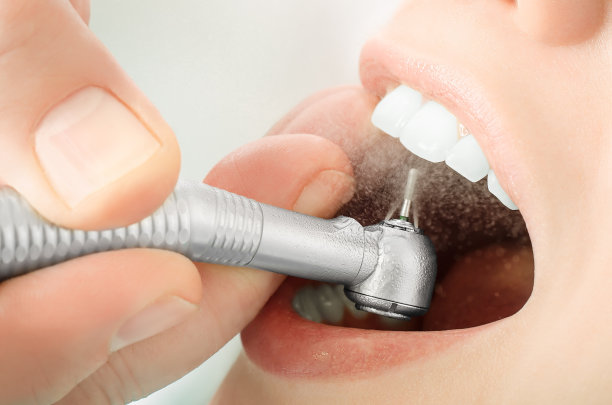The Essential Guide to Understanding the Process and Care of Extracting a Tooth Safely and Effectively
Summary: Extracting a tooth is a significant dental procedure that requires careful planning and execution to ensure the safety and comfort of the patient. This guide provides essential insights into the tooth extraction process, detailing the procedures involved, the aftercare required, and preventive measures to take. We will explore the steps leading to a successful tooth extraction, the different types of extractions, patient preparation, and post-operative care, emphasizing the importance of these aspects for effective recovery. Ultimately, understanding this process enhances patient awareness and promotes a better dental experience.
1. Understanding the Tooth Extraction Process

The tooth extraction process begins with an initial assessment of the dental condition. A dentist will take X-rays to determine the tooths position and condition, including any underlying issues that may complicate extraction. This crucial step sets the foundation for a successful procedure, allowing the dentist to devise a tailored plan for the individual patient.
Once the assessment is complete, the actual extraction procedure can occur. Depending on the complexity, there are two main types of extractions: simple and surgical. A simple extraction is performed on teeth that are visible above the gum line, while a surgical extraction is required for teeth that are beneath the gum line or broken off at the gum level. Understanding these distinctions helps patients prepare mentally for what to expect.
During the actual extraction, the dentist will administer a local anesthetic or sedation to ensure the patient remains comfortable and pain-free. The dentist carefully loosens the tooth with instruments, eventually removing it from the socket. Post-extraction, the dentist will provide specific instructions aimed at promoting healing and minimizing discomfort.
2. Types of Tooth Extractions Explained
Tooth extractions come in various forms, primarily categorized into simple and surgical extractions. Simple extractions are less invasive and are typically performed on fully erupted teeth. They require local anesthesia, followed by the dentist loosening the tooth and gently extracting it.
Surgical extractions, on the other hand, are more complex and involve removing teeth that are not visible, such as impacted wisdom teeth. This type requires a more involved surgical procedure, often necessitating general anesthesia or sedation. Understanding these differences allows patients to grasp the level of care they may need.
Another crucial aspect is the condition that necessitates extraction. Common reasons include severe decay, gum disease, or overcrowding in the mouth. By recognizing these causes, patients can better appreciate why tooth extraction may be essential for their overall dental health.
3. Preparing Patients for Tooth Extraction
Preparing for a tooth extraction begins with a thorough consultation with the dentist. During this appointment, patients should share their complete medical history, including any medications they may be taking to avoid complications during the procedure. Additionally, it’s essential to follow any pre-operative guidelines provided by the dentist.
Patients should also mentally prepare themselves for the day of the extraction. Arranging for transportation and a support person to accompany them is wise, especially if sedation will be used. This preparation contributes to a smoother extraction experience by alleviating anxiety and ensuring that post-operative care can be properly managed.
Moreover, following specific dietary restrictions prior to the extraction can significantly affect recovery. Patients are usually advised to avoid food and drink for several hours beforehand, especially if anesthesia is involved. Such instructions are crucial for a safe procedure and recovery.
4. Post-Operative Care for Patients
Post-operative care is vital for ensuring proper healing after a tooth extraction. Patients will receive detailed instructions, including managing pain, controlling swelling, and what medications to take. It is essential to follow these guidelines diligently to prevent complications, such as dry socket, which can cause prolonged discomfort.
Eating and drinking after the procedure also require special attention. Patients should stick to soft foods and avoid using straws for at least the first 24 hours to prevent dislodging the forming blood clot. Gradually reintroducing solid foods can help facilitate the recovery process.
Moreover, routine follow-up appointments play a critical role in monitoring the healing progress. If any unusual symptoms arise, patients must contact their dentist immediately for further evaluation. Awareness and prompt action can mitigate any potential issues and ensure a smooth recovery.
Summary:
A comprehensive understanding of the tooth extraction process is crucial for patients undergoing this common dental procedure. The procedures involved, along with necessary precautions and aftercare, contribute significantly to a successful outcome. By being informed and prepared, patients can experience a more comfortable and straightforward extraction process, leading to a healthier smile.
This article is compiled by Vickong Dental and the content is for reference only.


